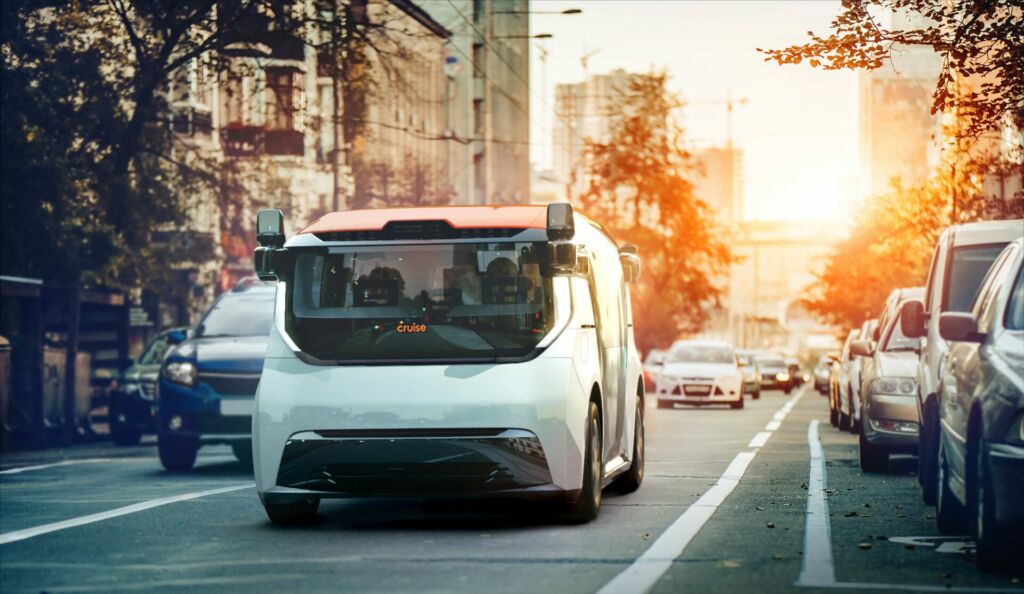Cruise, a subsidiary of General Motors, is seeking permission from the California Department of Motor Vehicles to test its Origin self-driving car on the streets of San Francisco.
Authorized to offer self-driving trips to San Francisco for a few months, Cruise wants to go further. The General Motors (GM) subsidiary has sent a request to the California Department of Motor Vehicles (DMV) to be able to test its vehicle without a steering wheel in the city, reveals the Wall Street Journal. Filed in August, this request has been reviewed by the department since the end of October.
The car in question is called Origin. Unveiled in 2020, it has sliding doors and does not include any element necessary for driving (steering wheel, driver’s seat, pedals, etc.), thus welcoming passengers in a voluminous space. Cruise wants to test it first in a small area of San Francisco, for certain hours and then gradually expand over time. The company plans to use these vehicles in the city of San Francisco, at speeds of up to 56 km/h, at all hours of the day, barring inclement weather.
A future deployment of robotic taxis in sight
If the DMV gives the green light to Cruise, the GM subsidiary will be able to test only Origin vehicles without passengers. In fact, it will have to obtain authorization from another Californian regulator to be able to transport them. It also won’t allow them to launch a commercial service with these cars. For that, he’ll need a waiver of federal motor vehicle standards. GM requested a temporary one from the National Highway Traffic Safety Administration – the federal agency responsible for road safety – in February and this request is still pending.
Launching Origin cars on public roads would be a big step for Cruise into the robot-cab space. The company eventually plans to operate thousands of shuttles in a multi-city U.S. service, bringing annual revenues of $1 billion by 2025. It plans to expand its self-driving taxi service in Austin, Texas, and in Phoenix ( Arizona) later this year and to roll out in additional cities in 2023.
However, Cruise has run into some problems with his robot taxis. Within days of marketing his service, several of his cars, for example, caused a traffic jam in San Francisco by stopping on a street. The subsidiary wishes to be reassuring on this matter. According to a spokesman, the vehicles stop when they encounter situations where they cannot drive safely. Then they turn on the hazard lights and a team is usually on site 10 minutes later.


![White – [EN DIRECT] Luca Mariani case: the motive for the crime White – [EN DIRECT] Luca Mariani case: the motive for the crime](https://www.lejournaldici.com/sites/default/files/justice_bonne_4.jpg)